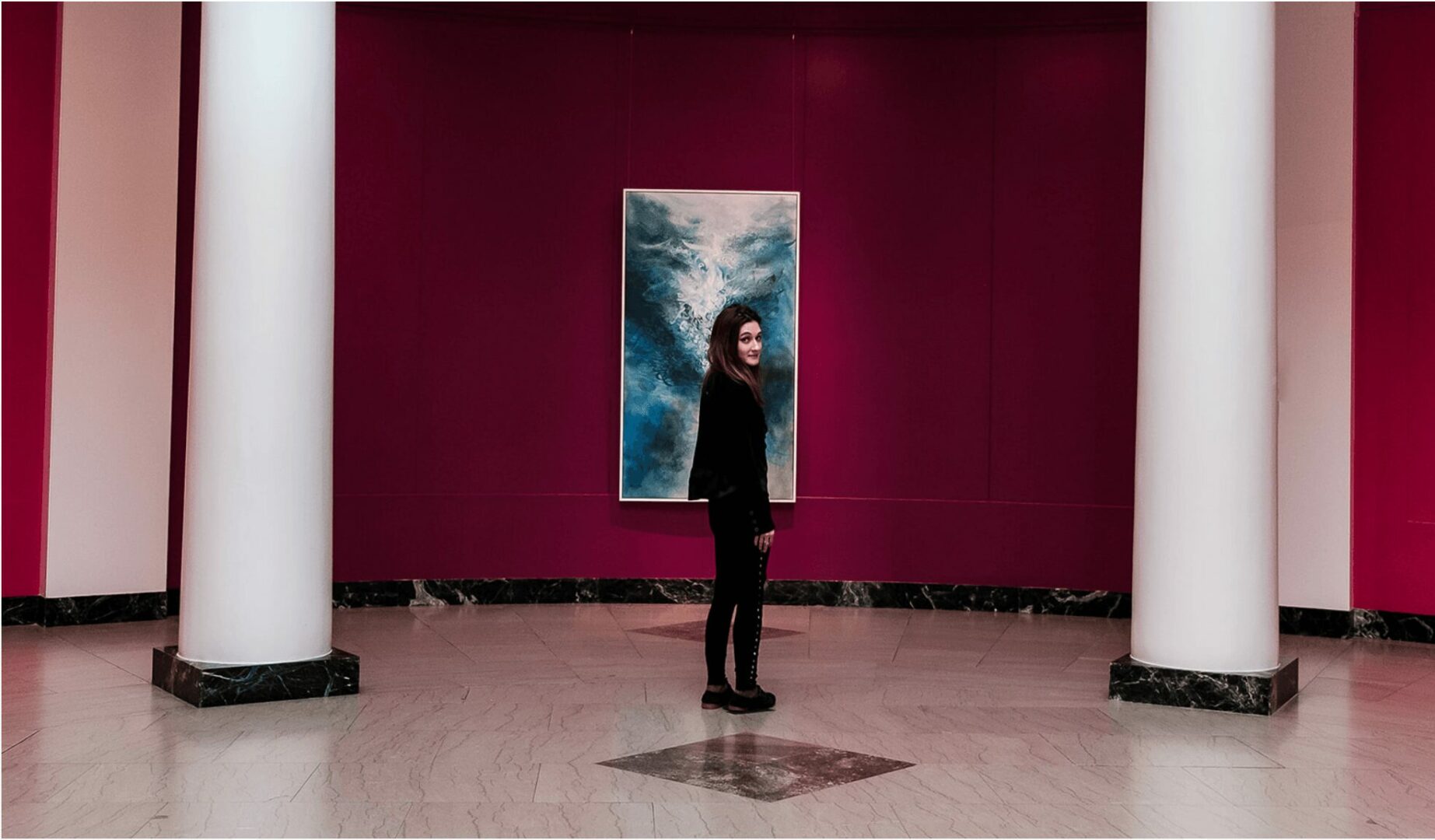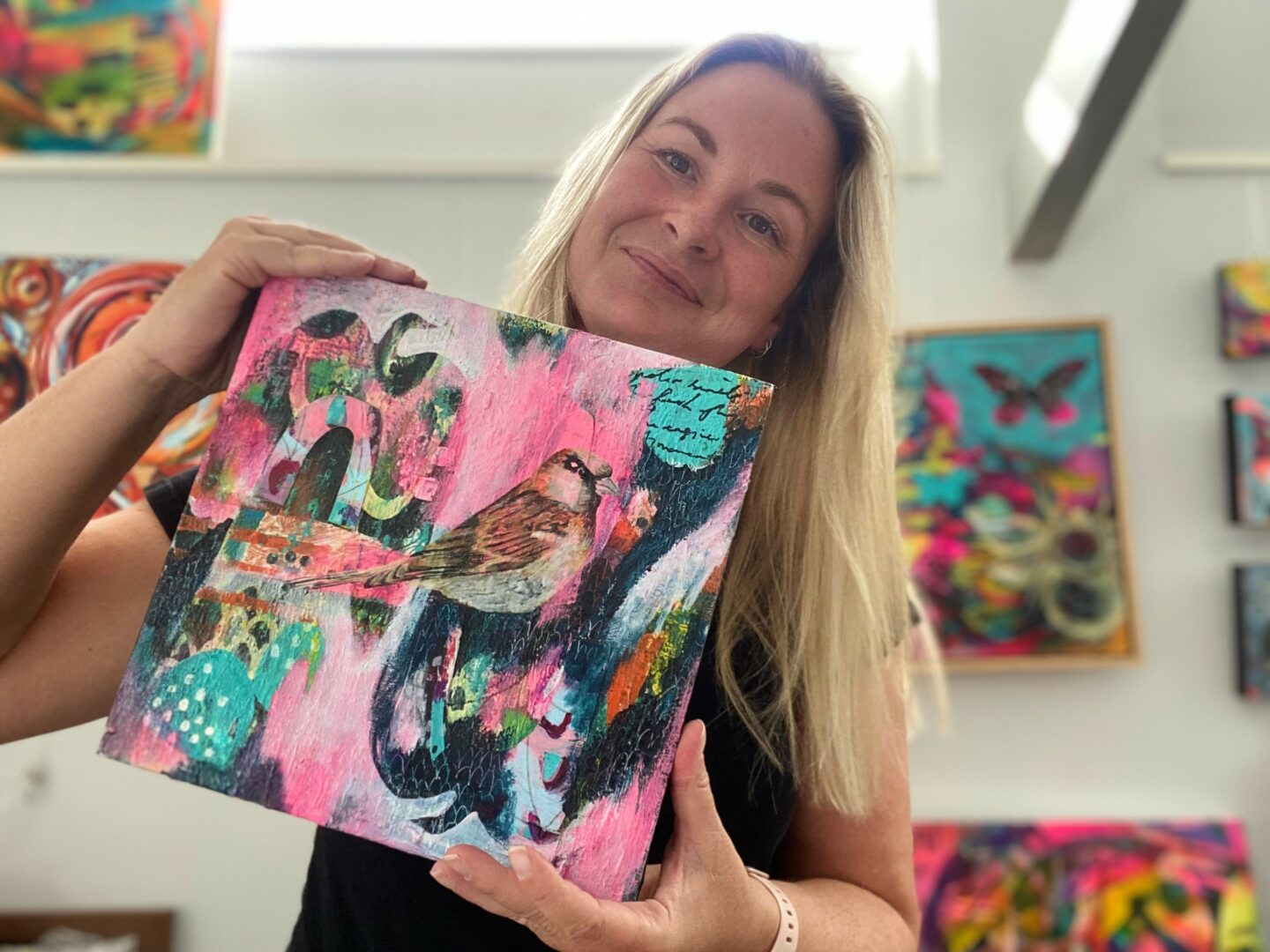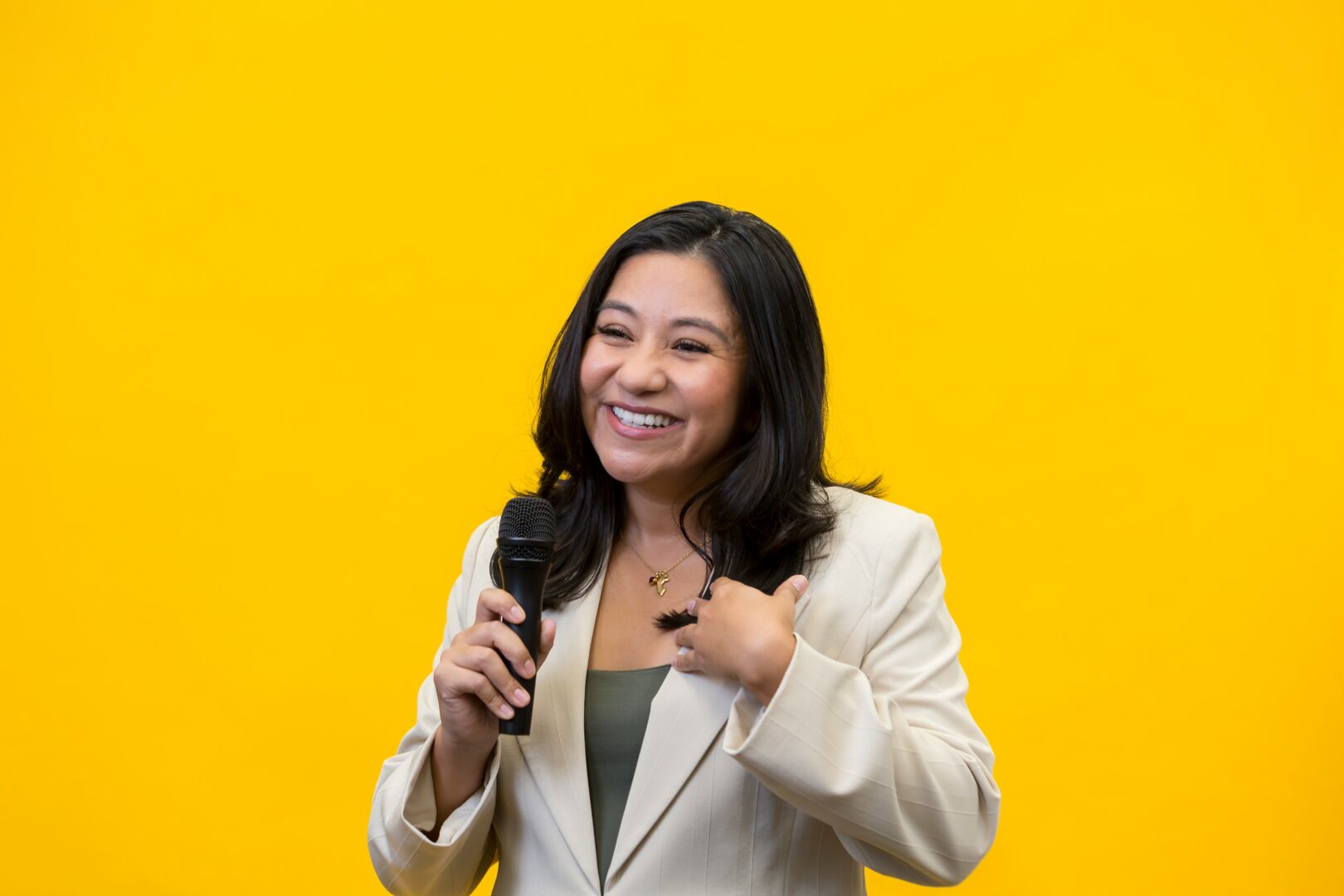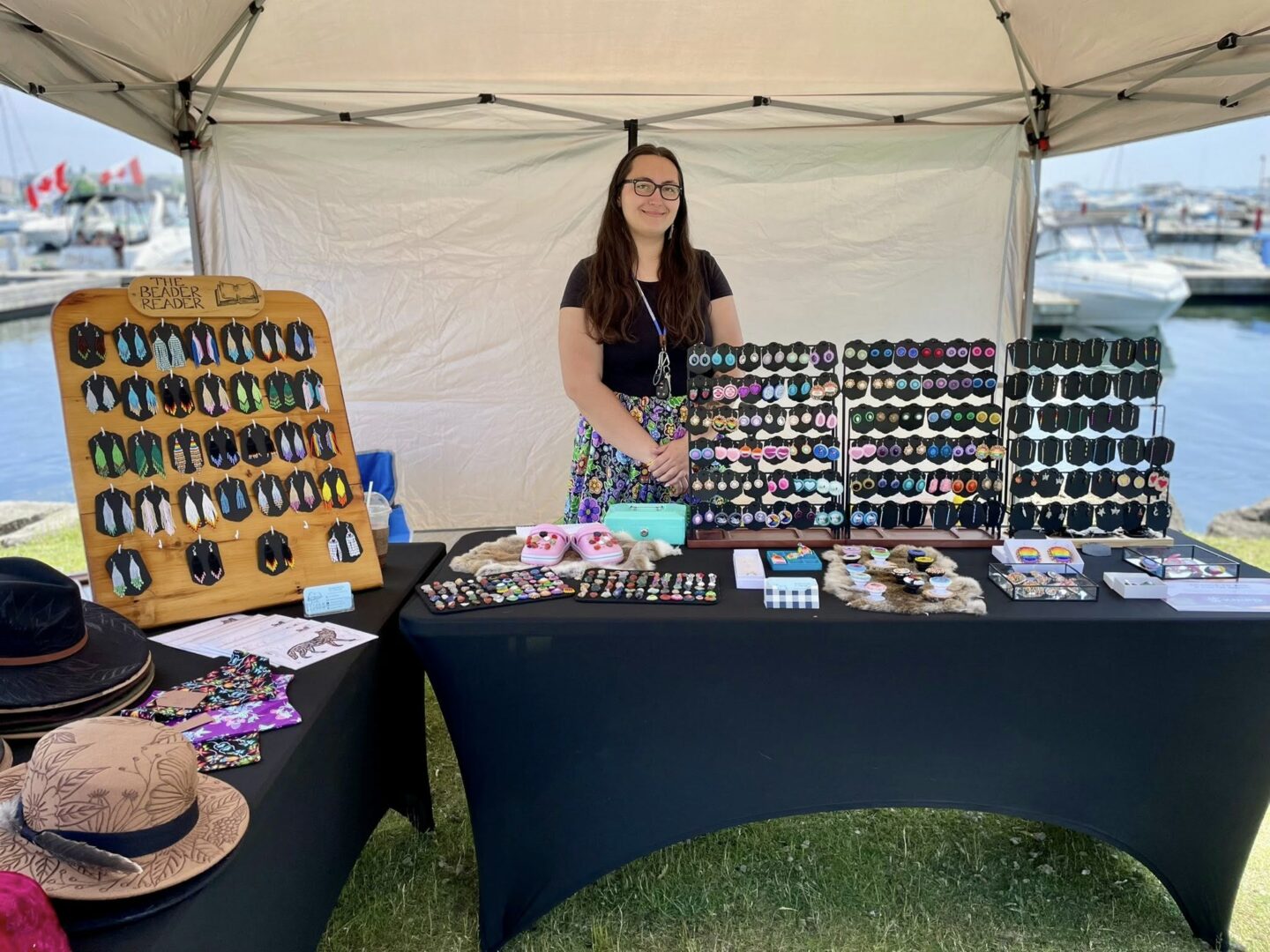Inevitably you will find yourself in a room where no one else is like you. They might not look like you, speak like you, pray or love like you or think like you. Managing to be effective in all contexts is an essential part of your journey towards reaching your full potential and so we asked some brilliant members of the community to share their stories and advice.
Adamaka Ajaelo
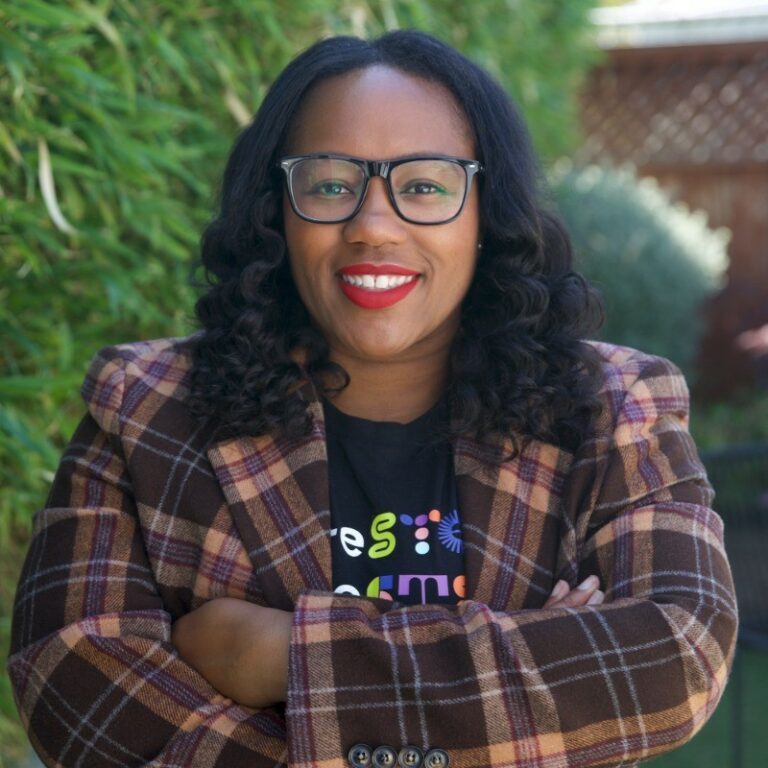
Being a unique voice in STEM has shaped my journey, teaching me resilience, authenticity, and the power of advocacy. I’ve faced challenges, but I’ve also seen opportunities to carve a path for myself and others. By harnessing my voice, building a strong support network, and committing to lifelong learning, I’ve gained confidence and influence. Self-eSTEM’s mission is to ignite pride, purpose and possibility among girls by providing STEM training that strengthens digital, technical, and leadership skills, reinforcing their STEM identities. Read more>>
Jo Brook
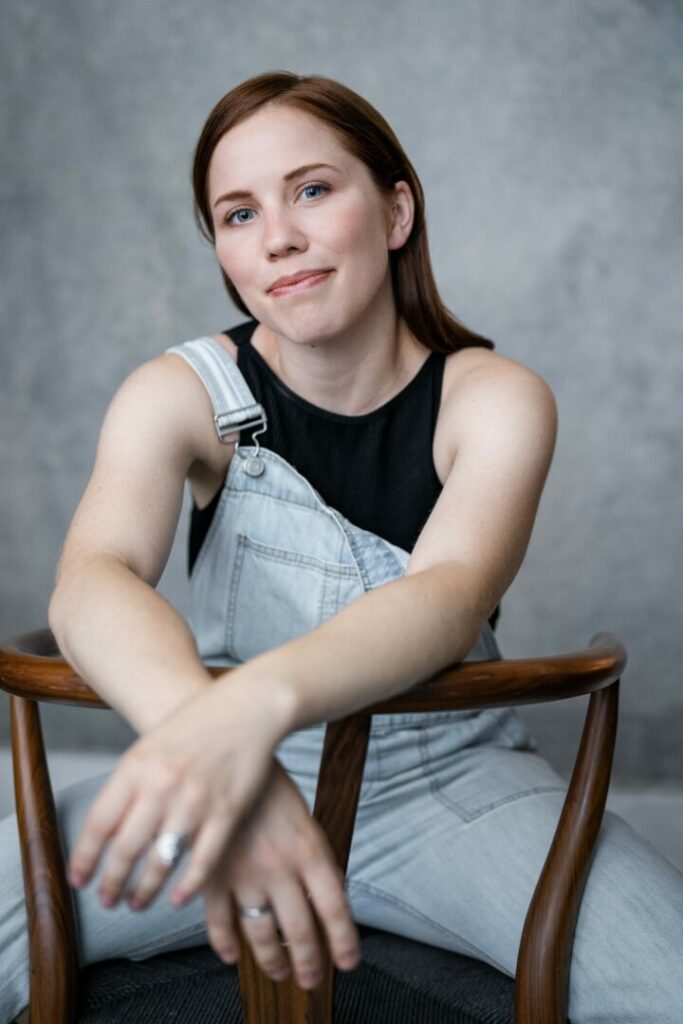
I am a late-deafened adult who is a professional actor and musician, and I am almost always the only one in the rehearsal room like me. There have certainly been challenging moments over the years. Sifting through all the labels and terms around disability, hearing loss and Deafness, learning more about my own rights as a disabled person in the work place, experimenting with communication methods, finding nifty, creative ways to take care of my body and mental health when my accessibility needs aren’t met — these things have truly been the bane of my existence for years now. Read more>>
Robin Bragg
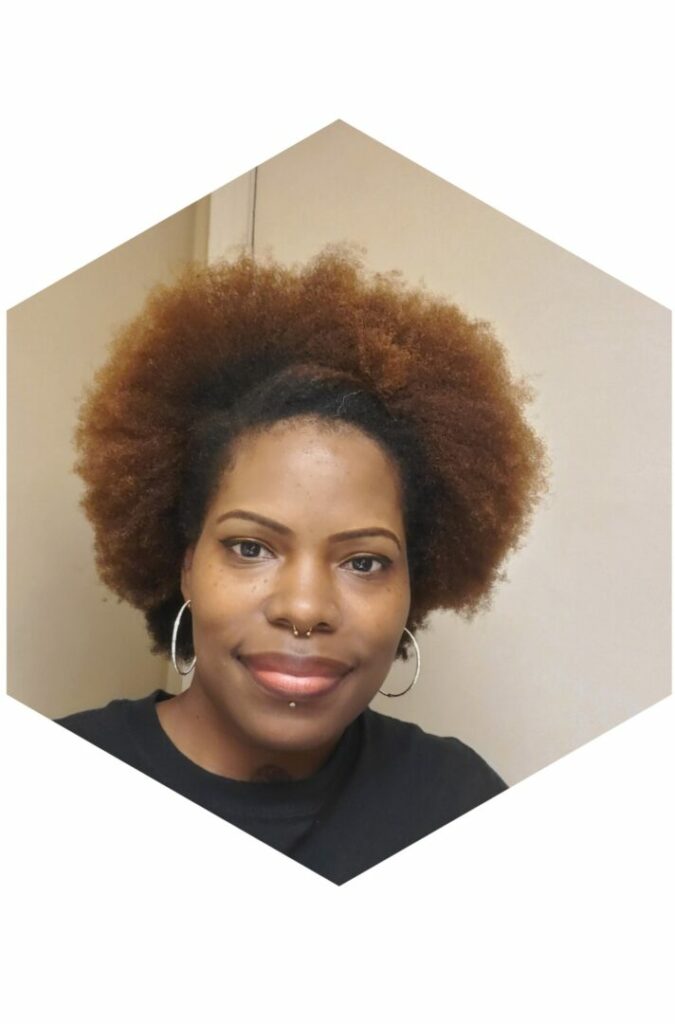
I have learned to be effective by mastering self identity. I know who I am, I stand confidently on my identity, feelings, thoughts, and I do not change for others, nor do I allow the pressure of situations to penetrate my aura. I do not aspire to be anyone except myself. I love being uniquely me. Read more>>
Leilani Rosine
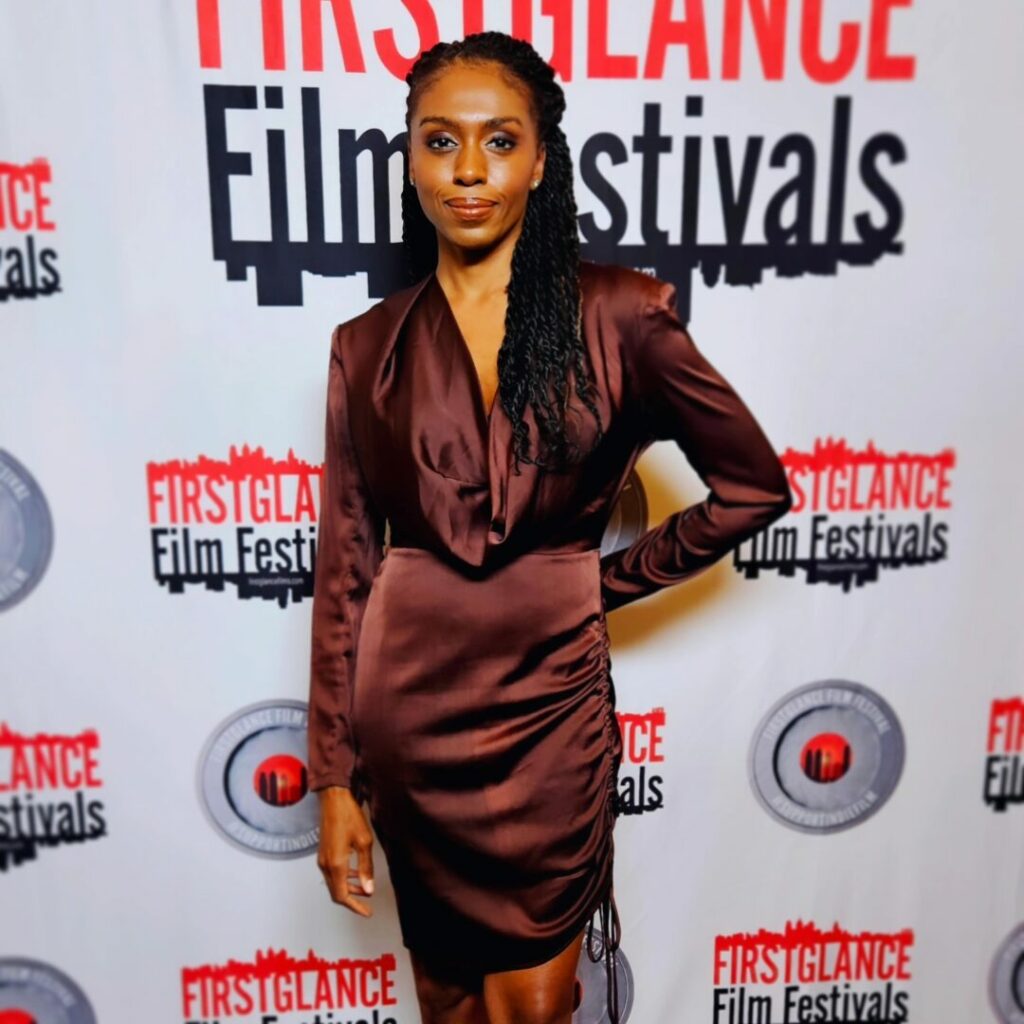
The first thing I had to do was overcome the fear of being the only one in the room that looked like me. I was always the tall girl for my age, growing up and going to auditions. I stood out, literally, like a sore thumb… but taller than a thumb of course. I was bullied not just for how I looked, but for how I talked. So, it was clear I could either try to make myself shorter, have smaller lips, and sound different; or I could just accept that I was a me, a Leilani. A type of radical self-acceptance took place and my creative family also fostered that. My grandmother and mother, both artists, instilled in me a sense that what I had to offer and express, far outweighed what people might see of me at first glance; and that how I treat someone outweighed it all. So, these notions took over. Also, I grew up in New York City and went to art schools, doing musical theater and plays; so I was always surrounded by people whose focus was on what we had to express as actors, dancers, and singers; and who believed that looking different was just a plus. Read more>>
Raelyn Schuelke
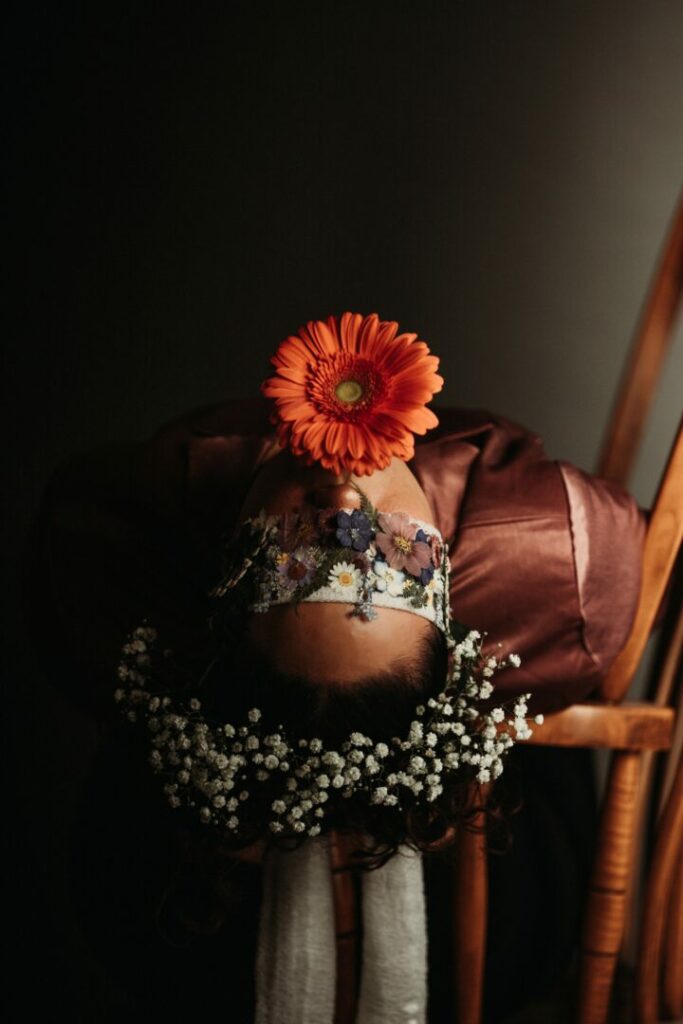
As a freelance makeup artist, I’ve often found myself as the only one in the room who brings a unique creative perspective. Early in my career, I worked on a project where I was the newest and least experienced artist on the team. Many of the clients had specific expectations, and there was an unspoken assumption that my style or expertise might not align with theirs. Read more>>
Latricia Trice

I’ve learned to be confident in who I am and to embrace the fact that I’ve earned my place in every room through hard work, talent, and a strong work ethic. Instead of feeling insecure about being the only one who looks like me, I see it as an opportunity to pave the way for others and create more inclusive spaces. Read more>>
Angie Escalante

There have been times in my journey where I’ve been the only person in the room who looked like me or shared my perspective. Rather than seeing this as a disadvantage, I’ve learned to see it as an opportunity to stand out and make a unique impact. Read more>>
Xtian Aki Paige

This was a good selection of questions, but this one is me all day. For one, I’m typically the only person like me anywhere I go, and because of that I stand out. I can’t pinpoint a particular moment. But I can recall a friend inviting me out to support them for a concert, but then brings me on stage and pass me the mic. And one thing about me is I can sing. Its the one thing in this world I know God gave me, so passing me a mic and letting me lose, on a stage, I’m gonna do what I do, and SING MY ASS OFF! (Which I did) but my friend was upset that the attention was now diverted towards me even after I walked off stage. Now was it my intention to so call “steal his light” or “shine” NO!! But when you’re good, you’re good! And I know I’m good! Plus I got the looks to go with it. I didn’t make me, the Universe did, and I’m just a a vessel doing what I think he or it wants of me. Read more>>
Hollis Chatelain
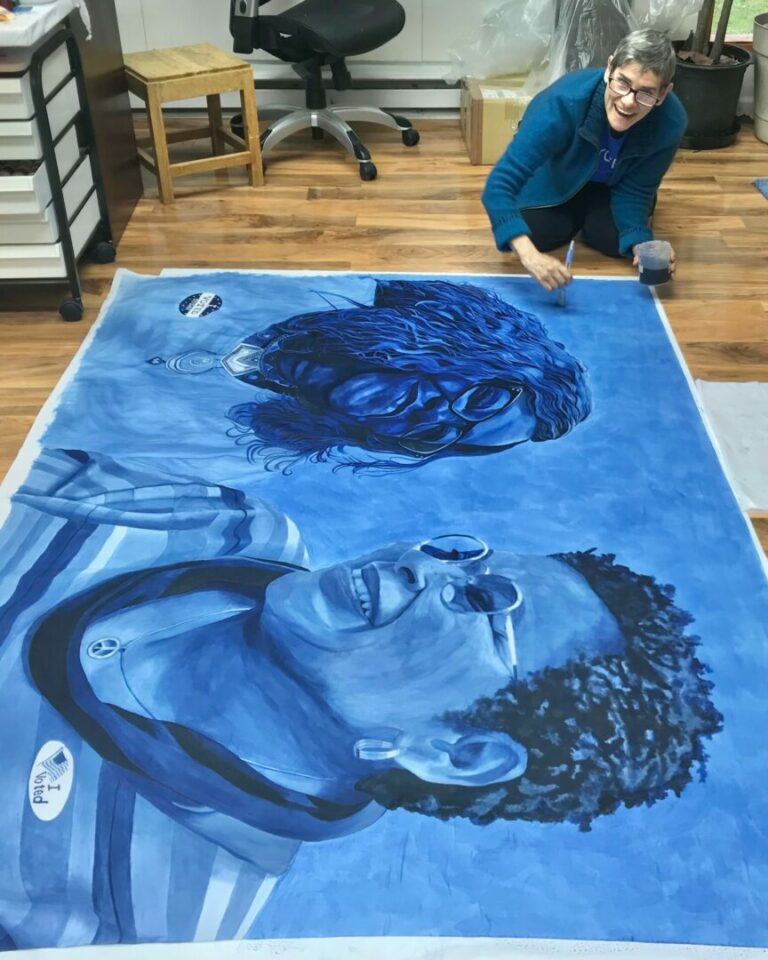
Ever since I was a child I’ve had an independent spirit and allowed my heart and intuition to guide me. Challenges attract me and I have always followed the idea of “Say yes, and figure out how to do it afterwards”. My mother gave me a poster as an adolescent that said “Men who try to do something and fail are infinitely better than those who do nothing and succeed.”
(I so wish that the quote said “Women” but that just didn’t exist back then!)
But I guess I was always willing to try something even if I might fail. Read more>>
John Ryder

Being a musician in a sea of others, it’s hard to stand out as you’re finding your voice. I’ve learned over time that growing with the trend and learning how to adjust to your perspective of situation; is the only way to find yourself through what I like to call the “Death and Rebirth”. Whether you’re an artist, creator, in business entrepreneur or doing a day to day job. Learning to adapt your perspective and execution will allow you to shift with any tide. Read more>>
Danielle Sprando

I think the biggest thing that has helped me is to put myself in others shoes. With opening my salon and taking on this new leadership role with zero leadership training under me, I had to think differently. I thought about all of my past employers, mentors, and anyone who was in a leadership position over me in the past and I thought about what I liked and didnt like. Before confronting any potential problem, I think to myself ‘How would I want someone to approach me about this situation” and I go from there. I think that has helped me tremendously. Read more>>
Tamarah Francis

I’ve learned that I am a value asset and that I bring just as much to the table as everyone else around me . This mindset took time because I suffered from imposter syndrome and sometimes I still struggle with it . I fought negative thoughts by educating myself , research , and always striving for excellence and integrity . I’ve also learned that it’s ok if I don’t have all the answers. Transparency goes a long way. So, no matter who is in the room with me , I’m fully aware of who I am and what I am capable of . I stay in my lane and area of expertise. Read more>>
Jennifer Akong
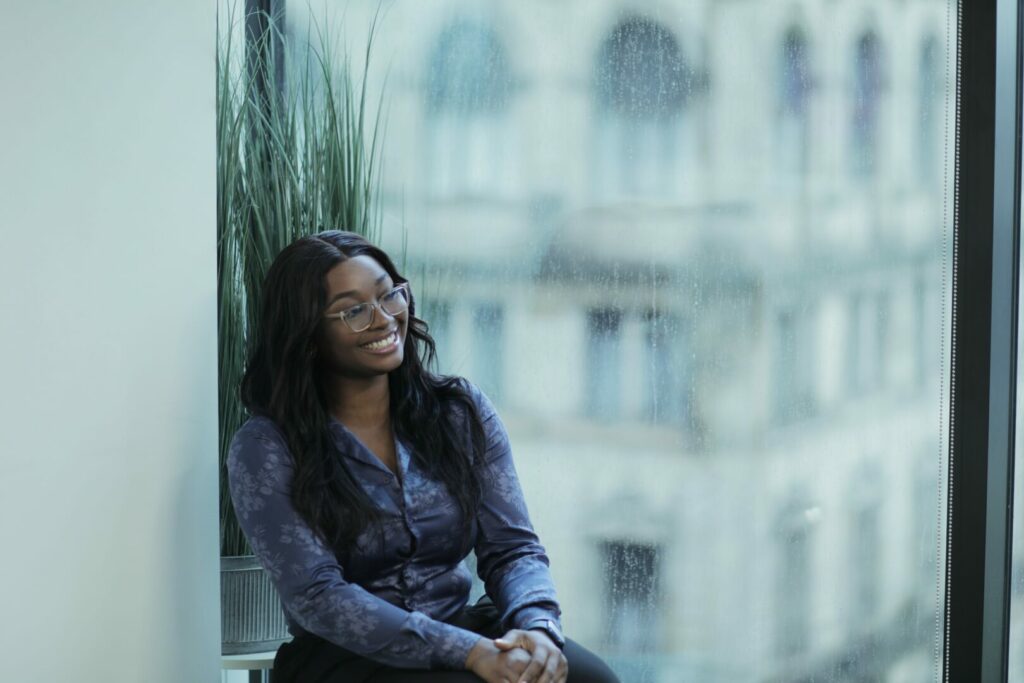
Throughout my professional journey, especially since moving to the UK, there have been countless moments when I’ve been the only one in the room who looks like me. But rather than letting that make me shrink, I’ve learned to stand tall and make my voice heard. Read more>>
Sterling Mckinley
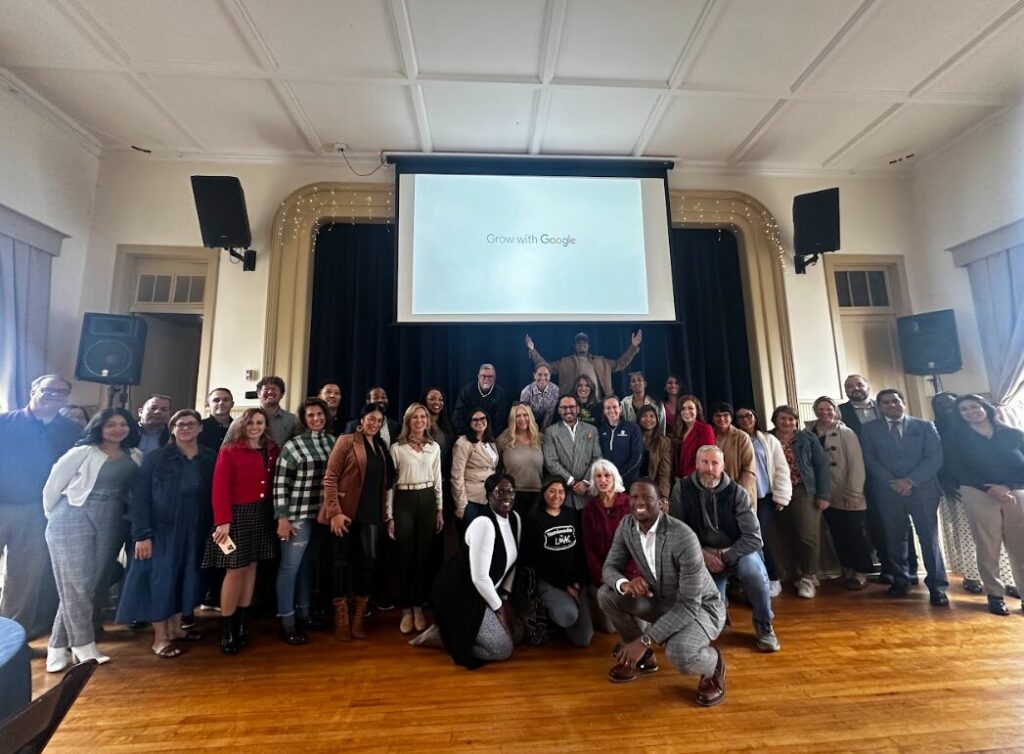
Back in 2001, the dot-com crash left many disillusioned, but I saw a silver lining – the internet’s immense power to transform the world. My college didn’t offer any courses on the internet, so I took matters into my own hands. YouTube tutorials, library books, and anything remotely related to marketing became my teachers.
During a winter break, I shut myself in my room, determined to create my first website. Armed with “How to Design Websites for Dummies,” I pieced together a digital masterpiece. It might not have been flawless, but it was a start. My first client, a local church, paid me $300 to revamp their online presence. This experience opened my eyes to the struggles of small businesses, igniting a desire to help them succeed. Read more>>
Daniel Hygge
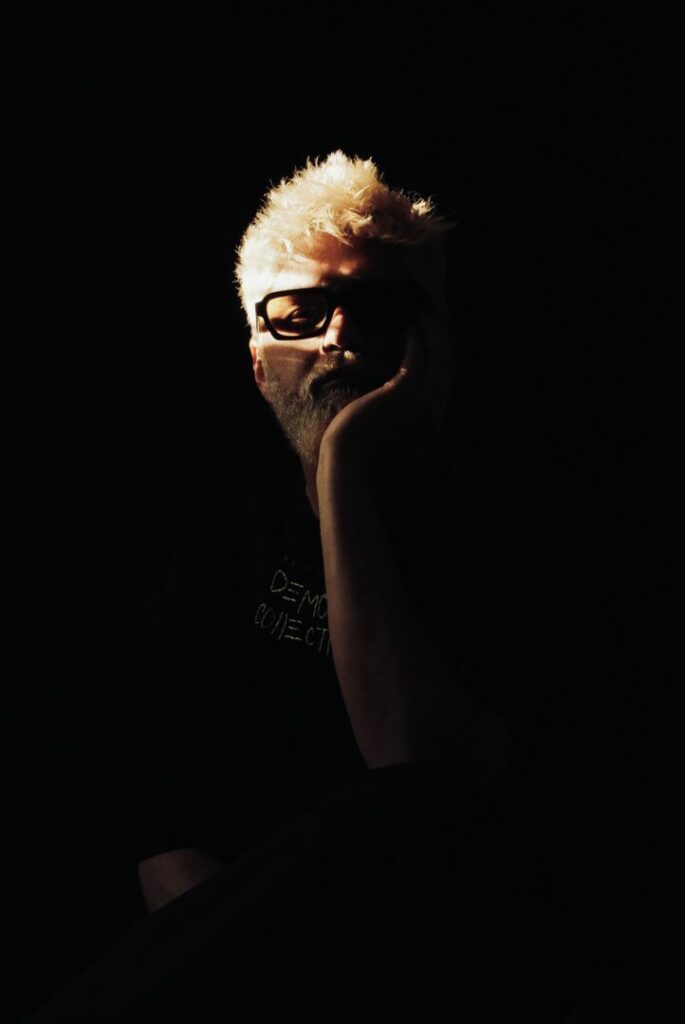
The question itself already paints a picture in my mind… I’ve learned that being effective and successful usually means trusting my inner child. I’m constantly asking myself, “What would my 11-year-old self do?, then I just follow it. I’ve realized the only way I know how to solve problems is by staying creative. Be different by being me. I’m not trying to blend in. I’m blunt with my opinions, I trust that inner voice that just wants to play, experiment, and have fun. Read more>>
Tu (david) Phu
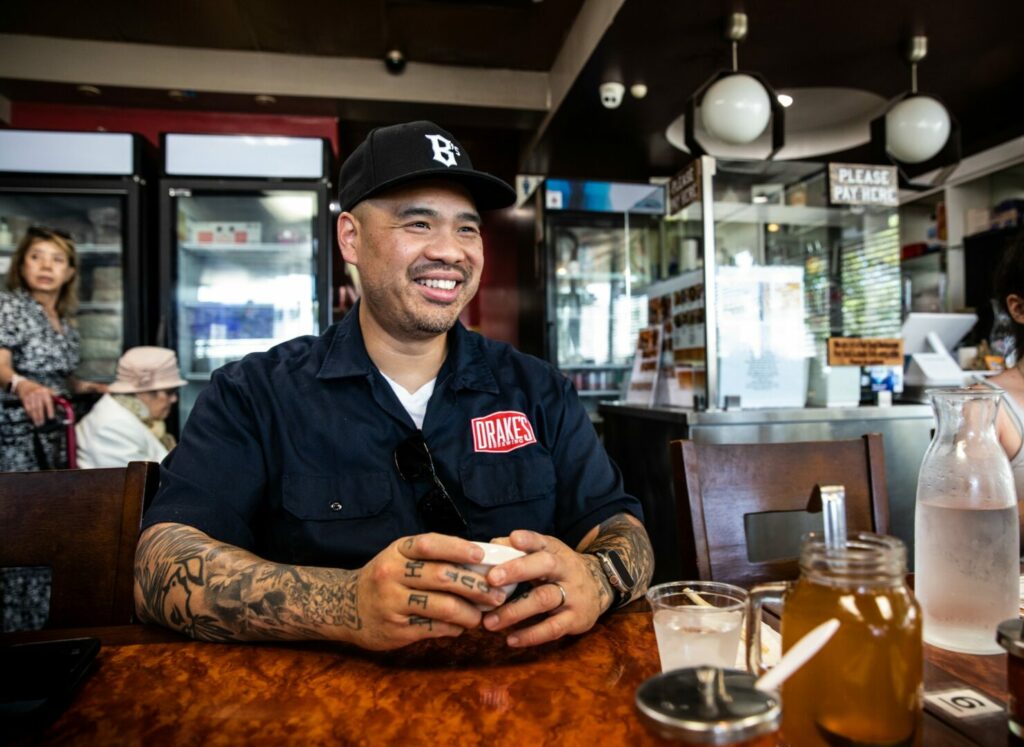
Being the only one in the room isn’t just about standing out—it’s about being seen, and often misjudged. As a brown man with tattoos, I’ve lived with the weight of assumptions people make about me. To many, I embody their fears—a threat or a predator. Even when I’m doing something as ordinary as shopping for groceries, I’m made to feel as though I’ve done something wrong. It’s in the nervous glances when I reach for my phone to pay, the mother suddenly pulling her children away from me. It’s unspoken, but it’s felt. And in professional spaces, those assumptions don’t disappear—they’re magnified. Read more>>
Terence Townsend
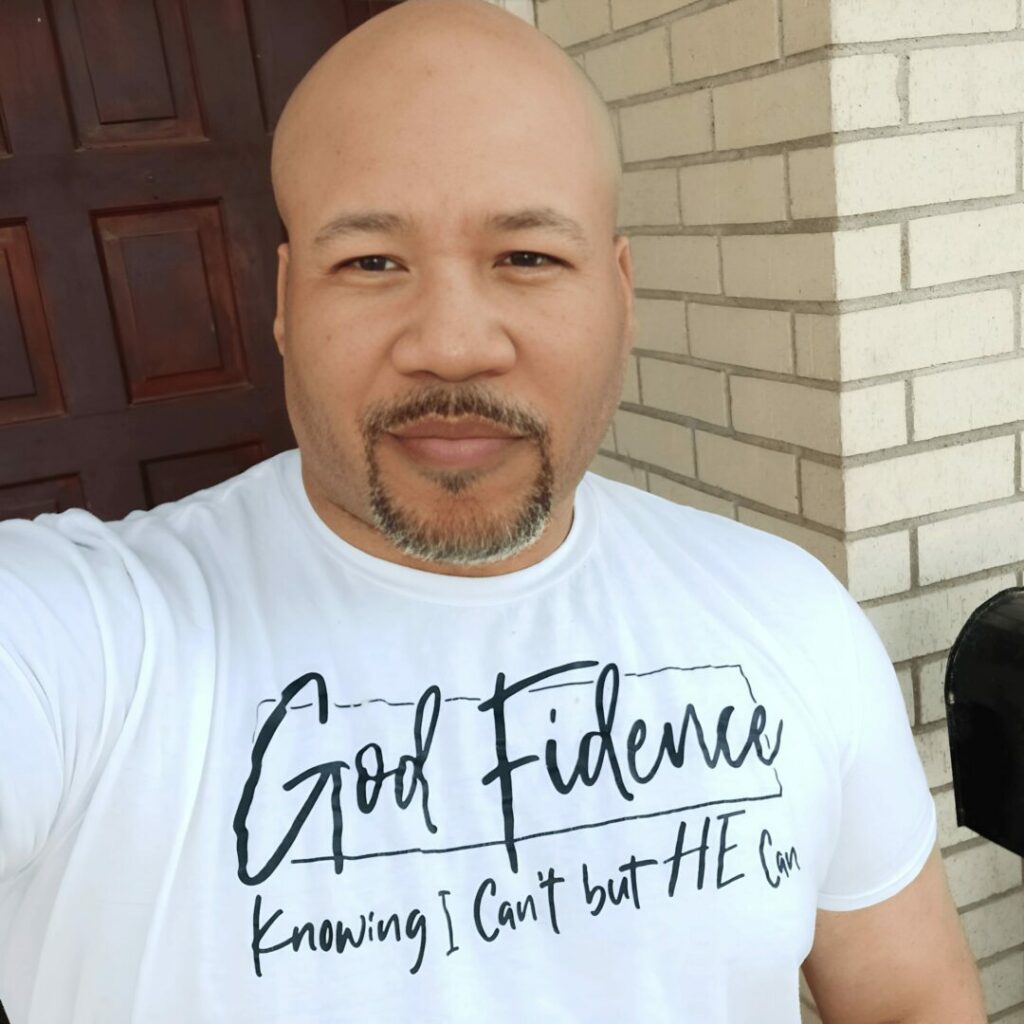
Walking into a room where no one looks like you can feel like stepping into a spotlight you never asked for. The weight of being the only African American in many business spaces is a reality I’ve faced countless times. At first, the feeling was isolating, almost suffocating. It was as if I were not just representing myself but my entire culture and history. Over time, I realized this challenge was also an opportunity to be a bridge, a voice, and an example. Read more>>
D’asia Simone
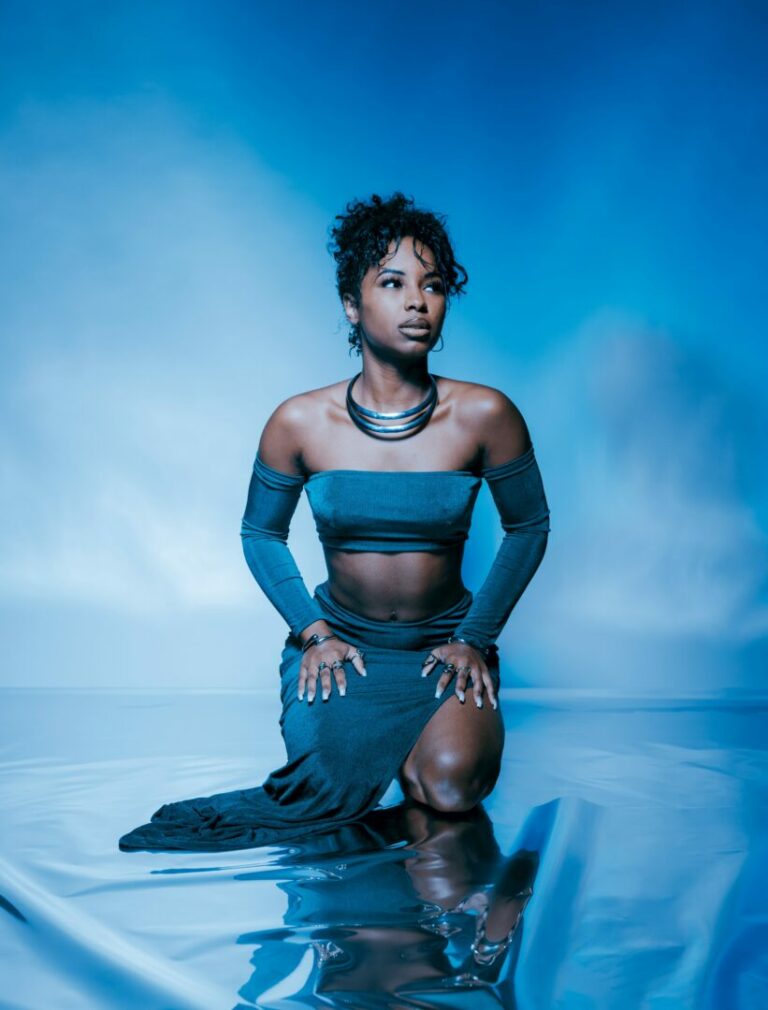
Growing up, I always felt like an outcast. I never really fit into one particular space. I’m also the middle child so if you know, you know. I have always been a creative, having many interests, well versed, very social and interactive with all types of people and groups, so there was never one place that made feel like belonged. I have always been a unique individual, which also made me feel alone. I didn’t really fit this idea or vision that most people had of me, or even the vision I had for myself. I was trying to fit into a mold that I was never meant to fit into. I went on a journey of self-discovery and self-love. I’ve learned to love every aspect of myself through every wave, every moment. As I practiced that faithfully, my uniqueness became my strength. I’ve learned that my only responsibility is to be myself and everything else would align accordingly. I am my superpower and that is how I am successful. Read more>>
Sherman Holman
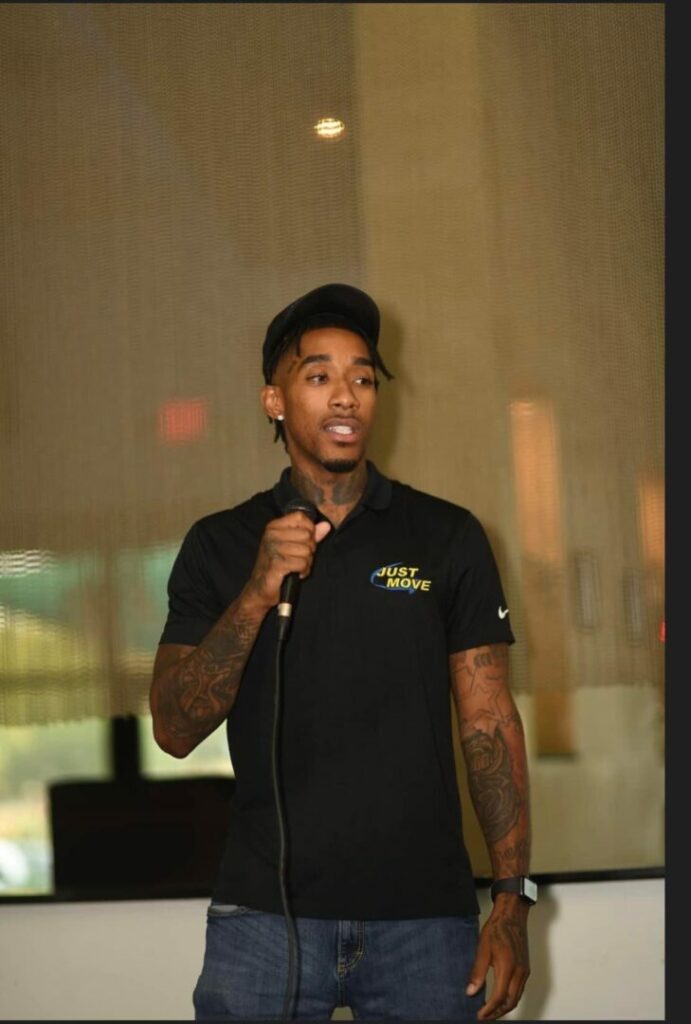
I’ve learned to be effective and successful in these situations by relying on my confidence in my work and the experience I’ve accumulated in my field. While I may not have the same formal accolades or traditional qualifications as others, I know my abilities and the value I bring to the table. I’ve honed my skills over time and have a deep understanding of the work, which allows me to stand firm in my expertise. My focus is on delivering results and contributing meaningfully, not on trying to fit into a specific mold. This mindset helps me stay grounded, even in rooms where I may be the only one who looks like me. I know that the quality of my work and my confidence in it speak louder than anything else. Read more>>
Reyna Montgomery

I have learned to own my uniqueness. Embracing myself can be one of the most valuable assets. I’ve learned that you may not always be appreciated by others in the workplace, but that doesn’t mean you can’t take away lessons to prepare you for the next steps in your career. Read more>>
Yumeng Gao
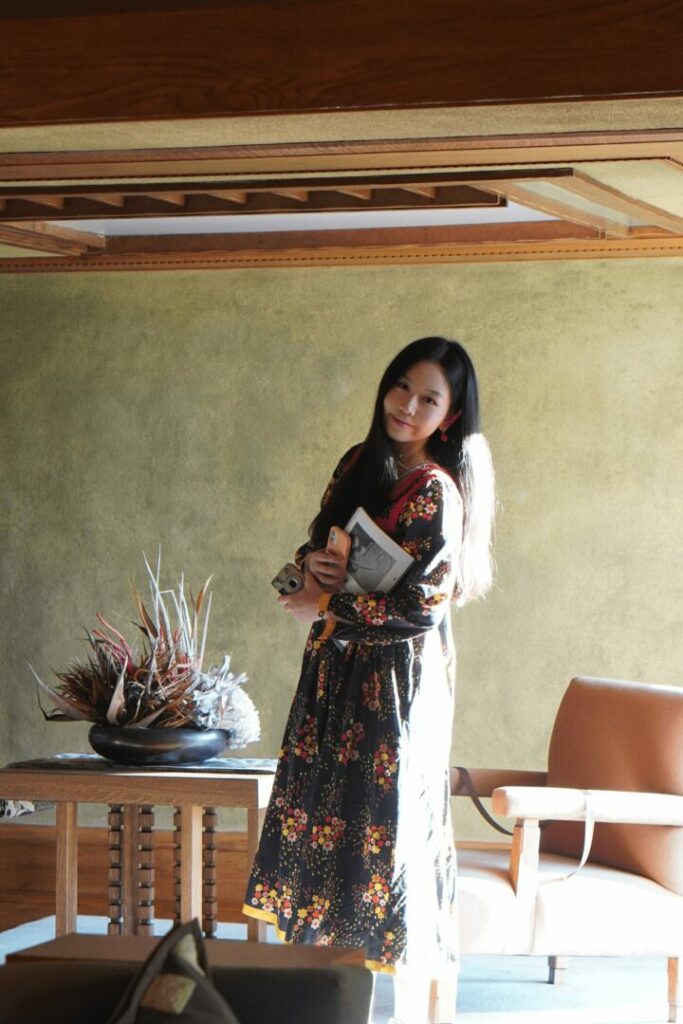
People studying and working in the U.S. often have numerous chances to be the only one in the room—whether it’s about identity, ethnicity, or individuality. When I was in university in Wisconsin, I was the only Asian in my major class. Being raised in Beijing first presented an obstacle, as I navigated life as a foreigner, but it also gave me a unique perspective that shaped my approach to problem-solving and collaboration. Read more>>
Terry Wu
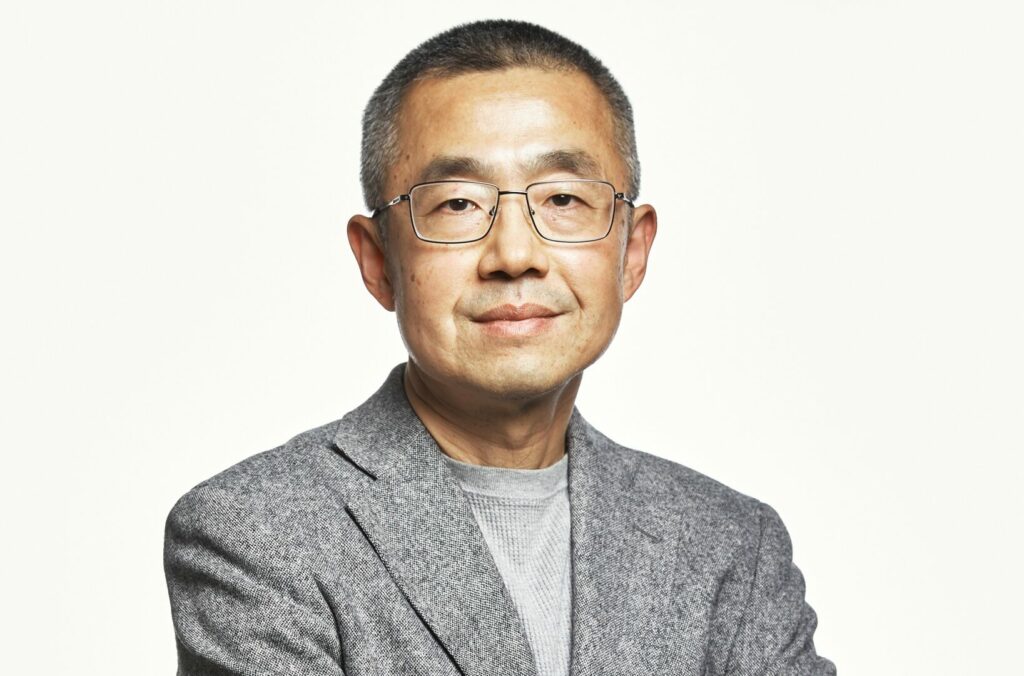
Being the only one in the room who looks at leadership through the lens of neuroscience has been both challenging and liberating. While the leadership industry is saturated with feel-good stories and recycled fables, I’ve chosen to pioneer a different path – one grounded in scientific evidence and biological understanding of leaders’ and followers’ behaviors. Read more>>
Jesse W Soriano Jr.
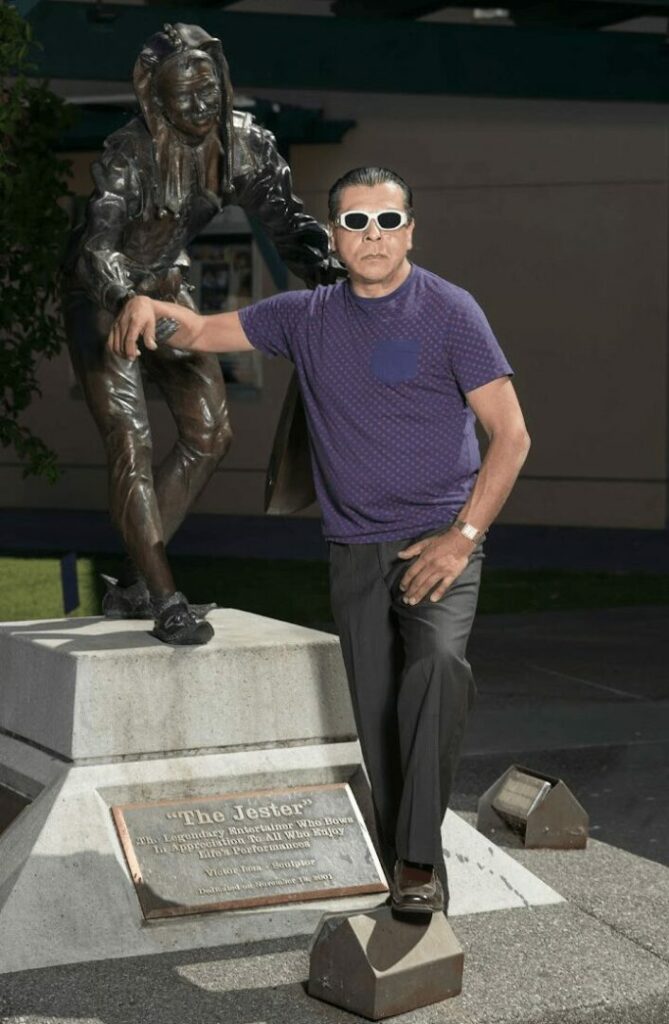
As a child of the 80’s, with the emergence of so many trends, fads and icons, the notion of being something different was widely accepted. This was true in both social circles as well as career options. It was the age of excess; to show your style, wealth, social status, talent or brain power was common. It was the exclusionist policy of the Reagan era that largely dictated and brought about nationalism, the view we had about being the most powerful nation on earth. Though some policies excluded this notion and seemed out of touch with mainstream lower class Americans, the 80s proved to be a time in history of radical social change. Wealth went up, music was of every genre those days, the fashion world was rejoicing in the concept of couture being turned into ready-to-wear, now being found at your local department stores for half the price it originally sold for. The media portrayed the fashion world as a small social circle of party-going designers. Read more>>
Megan Lummus

I’ve found the way I’m able to be effective in rooms when I’m the only one in the room who “looks” like me is by being unashamedly myself. There have been situations in the past where I’ve tried to fit into what other people expect from me, and it’s never effective. It can work for a small period of time, but even if it is “successful” in a technical way, I feel uneasy about the way I treated myself in the room, which isn’t success for me. It’s not easy being yourself completely and unapologetically in rooms where no one else looks like you. I’ve been in rooms as the only woman, the only neurodivergent person, and the only queer person (sometimes all three at once), and each room is different. The thing I’ve realized, especially as someone who has to lead a room, is that I cannot be effective at my job if I’m too busy worrying about how people will view me. Read more>>
Yerang Moon
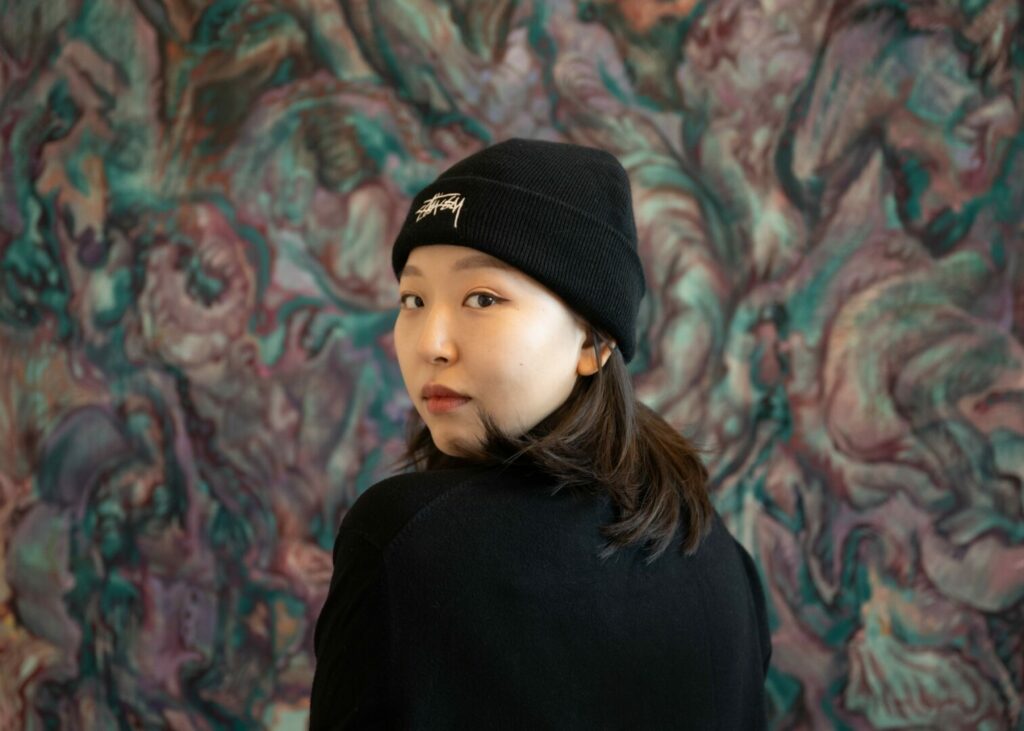
Even though my art is not expressively about my identity as a Korean artist, I am aware that my representation of body metamorphosis is part of my long journey as a Korean woman. My practice as an artist, is the life of being an artist, not just the process of art. It’s a meaningful metaphor to make sense of the complexities and nuances of the world. So, in every space where I find myself the only person that looks like me, it’s about me figuring myself out and defining myself within a given context through art. I don’t make public statements; I make art. That’s my statement. My policy is to be an artist. Read more>>
Brandon odom

“Being the only one in the room that looks like me has been both a challenge and an opportunity. Early on, I realized that I had to over-prepare. My knowledge, skills, and confidence had to be undeniable because sometimes perception becomes reality. I learned to lean into my uniqueness rather than shy away from it—what sets me apart is often my greatest strength. Read more>>
Missy Bell
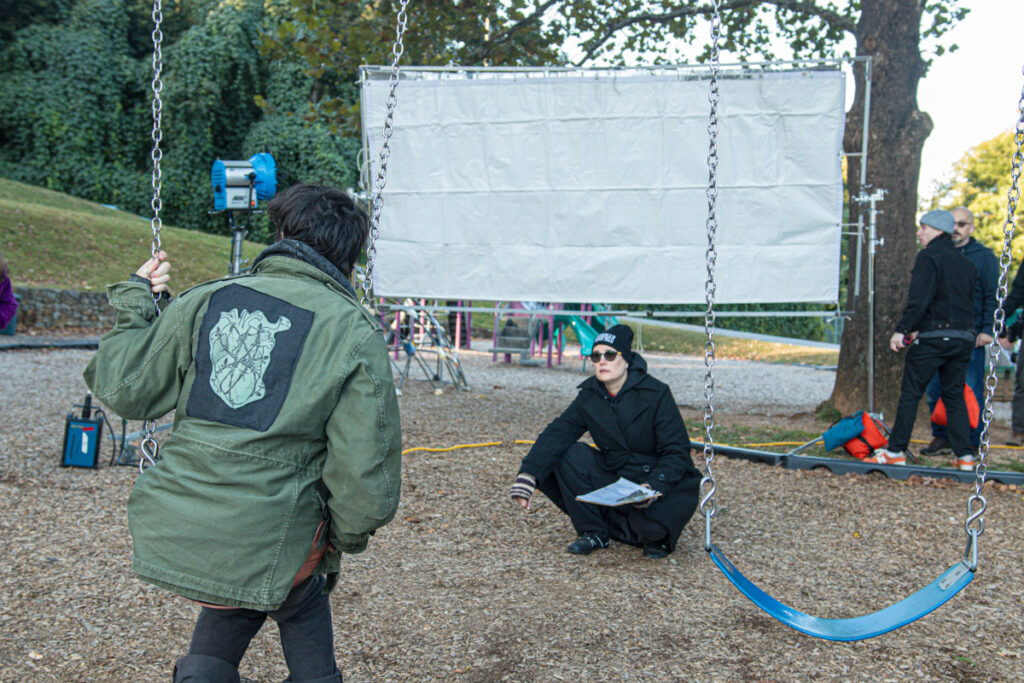
I’ve had a whole life filled with being the only woman in the room. In fifth grade I excelled at kickball. My teacher told me that the girls were supposed to be doing jump rope or hopscotch during recess. I despised those things. I wasn’t very good at jump rope. I found hopscotch boring. And I struggled with social rules. I told my teacher that if only the boys could play kickball, then I was a boy. I started writing the name “Josh” on my papers. Eventually she gave in and allowed me to play kickball. I was super proud of how hard I could kick and how much respect I received. This taught me a few things – that there are people who think that girls cannot do the things that boys can do, and also that boys are not supposed to enjoy the things that are set aside for girls. Read more>>


